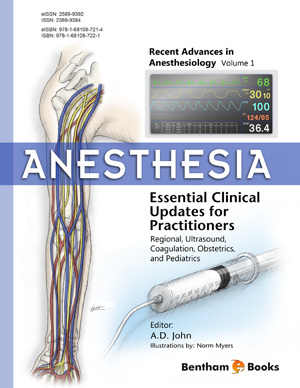Abstract
SHS investigation development is considered from the geographical and historical viewpoint. 3 stages are described. Within Stage 1 the work was carried out in the Department of the Institute of Chemical Physics in Chernogolovka where the scientific discovery had been made. At Stage 2 the interest to SHS arose in different cities and towns of the former USSR. Within Stage 3 SHS entered the international scene. Now SHS processes and products are being studied in more than 50 countries.
Abstract
Anesthesia for obstetrical emergencies presents some of the most difficult decision making quandaries in anesthesiology due to the double considerations of both mother and fetus. Concerns for the mother often compete with concerns for the fetus. In the following chapter, several topics will be discussed including emergency cesarean section in patients with comorbidities such as asthma, morbid obesity and eclampsia. A cesarean section may have to be done without a spinal, epidural, or general anesthetic; that is a cesarean section done using only local anesthesia. Non-hemorrhagic emergencies during labor such as umbilical cord prolapse, breach presentation and shoulder dystocia are elaborated. Recommendations for hemorrhage- antepartum due to placenta previa, placental abruption, trial of labor after cesarean section, and uterine rupture; as well as those for postpartum- hemorrhage due to placenta accreta, increta, percreta, as well as uterine atony and uterine inversion are discussed. The pregnant patient undergoing nonobstetrical surgery presents with other challenges that are also addressed in the chapter.
Keywords:
Asthma, Breach presentation, Eclampsia, Emergency cesarean section, Morbid obesity, Obstetrical emergencies, Placenta abruption, Placenta accreta, Placenta increta, Placenta percreta, Placenta previa, Shoulder dystocia, TOLAC (trial after trial of labor after cesarean section), Umbilical cord prolapse, Uterine atony, Uterine rupture.
Recommended Chapters
We recommend

Authors:Bentham Science Books






